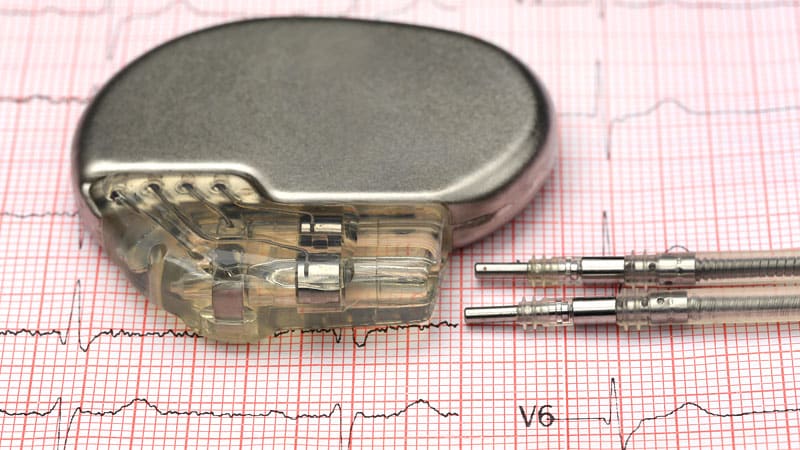The 2025 Appropriate Use Criteria for implantable cardioverter-defibrillators (ICD) and cardiac resynchronization therapy (CRT), and pacing have been released.
This year’s guideline is broader than the 2013 version and incorporates new technologies and personalized care approaches, said Milind Y. Desai, MD, MBA, cochair of the writing group.
“It also emphasizes a patient-centered approach and more comprehensive risk stratification, reflecting advances in cardiac device therapy and clinical evidence since 2013,” he explained.
This Appropriate Use document — developed by the American College of Cardiology (ACC) and the American Heart Association, along with key specialty and subspecialty societies — comprehensively reviews 335 common clinical scenarios in which ICD, CRT, cardiac contractility modulation, leadless pacing, or conduction system pacing therapies are often considered. A rating system indicates the appropriateness of implanting a device under certain scenarios.
“There’s an expanded role for devices like leadless pacemakers and subcutaneous ICDs, which weren’t as prominent in the 2013 guidelines,” said Desai.
The document, published online in the Journal of the American College of Cardiology, explains that the ICD lead has been known as “the weakest link” of the ICD system, with failure rates increasing over time.
“Transvenous leads are also associated with acute implantation risks, such as pneumothorax, perforation, or lead dislodgment,” the authors wrote. The subcutaneous ICD system was developed to reduce complications.
“For example, younger patients are at increased risk for long-term lead failure and may require multiple lead replacements throughout their lifetime. This subcutaneous system does not require electrodes ‘in’ or ‘on’ the heart and can be placed strictly by anatomical landmarks without a need for fluoroscopy,” the authors wrote.
The most contentious topic in the document will likely be the section on CRT in left ventricular assist devices (LVADs), said Monika M. Do, DNP, vice-chair of the committee.
Divisive Issue: Resynchronization in LVADs
“Patients who derive benefit from CRT typically do not require an LVAD, and those who are sufficiently hemodynamically compromised to necessitate an LVAD are often either nonresponders or already at an advanced stage,” she explained. “To date, there is no evidence supporting the survival or symptomatic benefits of CRT in patients receiving LVAD support. Consequently, deactivating the left ventricular lead may extend battery life without adversely affecting morbidity or survival. Additionally, a single-center study has suggested a potential survival benefit associated with deactivating the LV lead following LVAD implantation.”
The writing group included multidisciplinary experts from several cardiovascular subspecialty societies and ACC councils. The group was asked to identify and categorize common clinical scenarios.
Extensive Review Process
After an extensive review of the evidence, meetings, and external reviews, an independent ratings panel of additional experts used a nine-point scoring system to indicate whether it is appropriate, may be appropriate, or is rarely appropriate to implant a device, given a specific patient scenario.
The authors noted that “the division of the numerical scores into three levels of appropriateness is somewhat arbitrary, and the numerical designations should be viewed as a continuum.”
They also emphasize that an “appropriate” rating doesn’t mean a procedure has to be performed, just as a “rarely appropriate” rating doesn’t mean it should never be performed.
Technologies that were not yet approved by the US Food and Drug Administration when the rating panel met such as extravascular ICDs, for example, are not included in this document.
Financial disclosures for members of the writing group, the rating panel, and external reviewers are available with the full report.
Source link : https://www.medscape.com/viewarticle/new-recommendations-cardiac-devices-2025a100033x?src=rss
Author :
Publish date : 2025-02-07 11:32:45
Copyright for syndicated content belongs to the linked Source.
